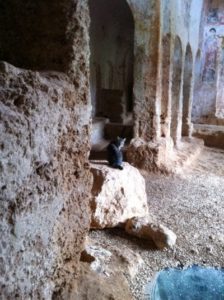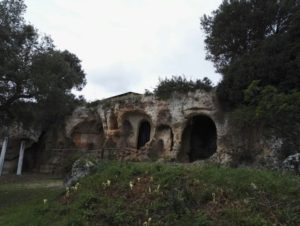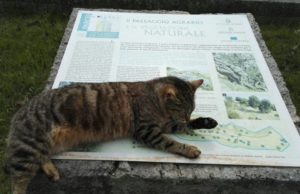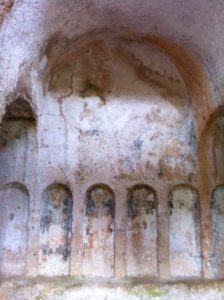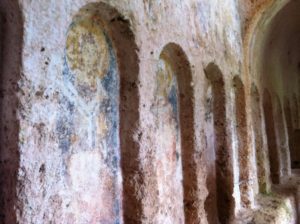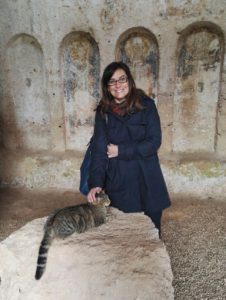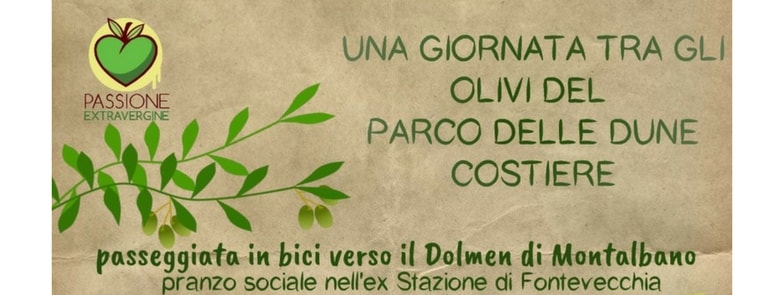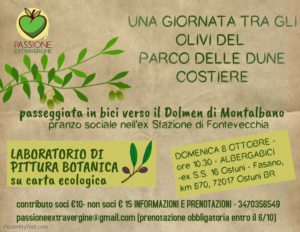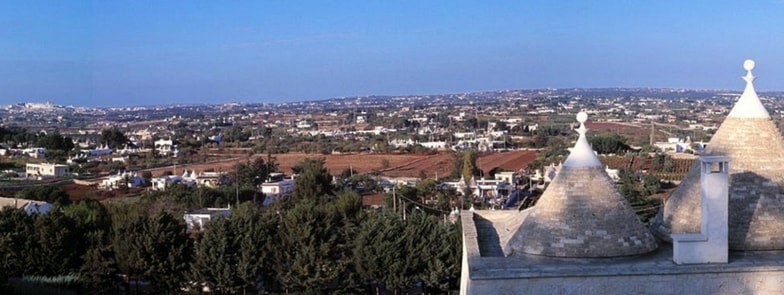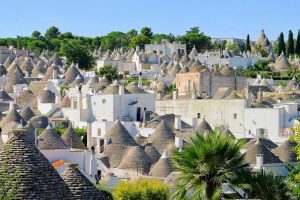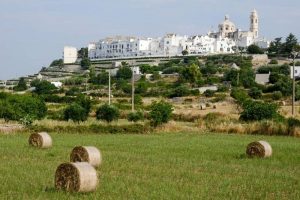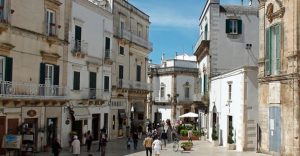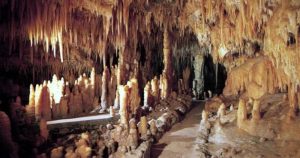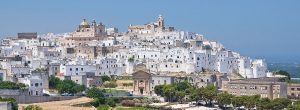The golden triangle – part one.
it is an article by Città Meridiane – cittameridiane.it
The territory between Monopoli, Fasano and Ostuni boasts an unparalleled historical and archaeological richness.
The territory between Monopoli, Fasano and Ostuni, in recent years open to quality tourism thanks to the excellent accommodation facilities of the area, can always be considered a golden triangle for the prerogatives offered. In fact, have been there for centuries: an orderly and fertile campaign in which the main protagonists are the imposing and contorted olive and centenary carob trees, an unparalleled historical and archaeological richness and the added value of impressive and magnificent complexes, which is little flattering define farms, a stone’s throw from the sea.
But even before those who now enjoy the area for vacation, this was chosen as a home to many communities of refined civilization, as evidenced by the rock settlements that have impressive hypogeal churches and rich in interesting paintings.
The populations who settled here chose the canyons, deep furrows dug by the rains in the limestone, as ideal places to realize the cave-houses and the caves-churches in the tuff, in the natural cavities enlarged by subsequent workings.
Another element favorable to the sedentary life in the past centuries was the climate in the area that is particularly mild and ideal for the cultivation of olive, almond, citrus and also cereals and vegetables.
It should not be forgotten that during the period in which these places were inhabited, the coasts were infested by Saracen or Berber predators, for which the canyons, sometimes difficult to reach and hidden by the thick Mediterranean scrub, represented an ideal refuge.
The most important and interesting canyon of the territory, both for the beauty of the landscape and for the complex settlements and a church of considerable size and of great artistic value, is called Lama d’Antico (Provincial Road Fasano-Savelletri, Contrada Sarzano, Fasano –www.lamadantico.it – info@lamadantico.it).
Exploring this fascinating and timeless place, we are accompanied by Giuseppe of Cooperativa ARS Archeology, Restoration and Development (for info and visits tel +39 328 3597517 – +39 338 8175123) and by several of the numerous colony of cats that have now become official guides.
As we enter the bottom of the canyon, enriched by a lot of spontaneous vegetation and centuries-old olive trees, we listen to what Giuseppe tells us that catapults us to Puglia in the time between the VIII and the XIII century AD. contention between the Lombards and the Byzantines.
In the villages gathered in the canyons the frescoes paintings narrate a story of peace and of happy coexistence between the two cultures with a contemporary use of Latin and Greek as well as coexistence of both rites. This does not mean that they did not have relations with the ruling political authorities – Giuseppe explains to us – but their isolation allowed them a peaceful existence and cohabitation.
Therefore, the hypothesis that these places of worship were intended as hermit basilic caves chosen by monks coming from neighboring Greece is now closed. Moreover, our guide adds, San Basilio did not found religious orders nor did he promote hermitism.
An irrefutable proof of the contacts between Greek and Latin monasticism is found in the rocky church of San Lorenzo, in which there is the fresco painting depicting St. Basil and St. Benedict next to each other.
read also THE GOLDEN TRIANGLE – PART TWO

